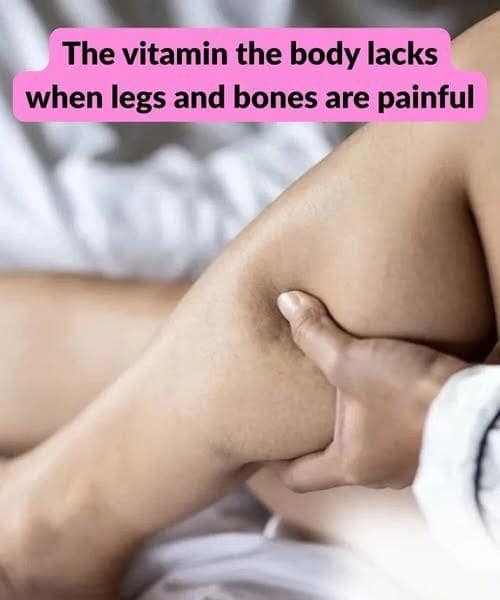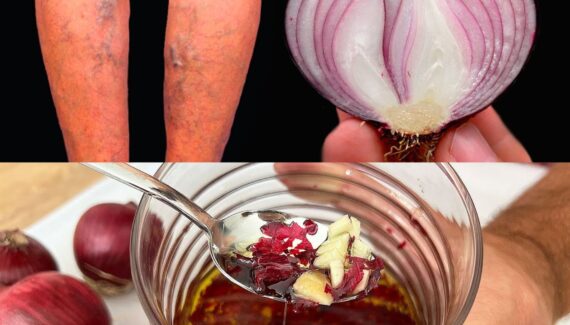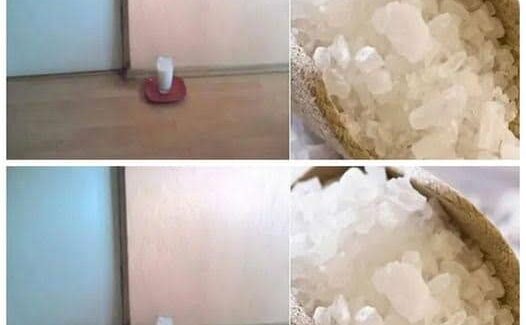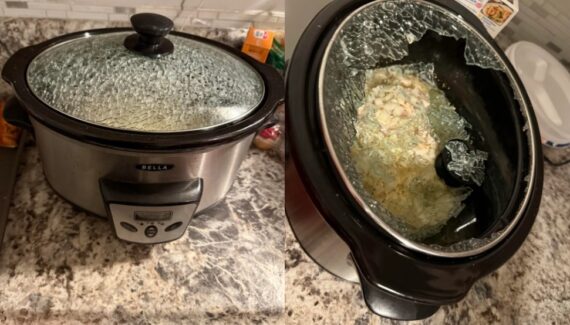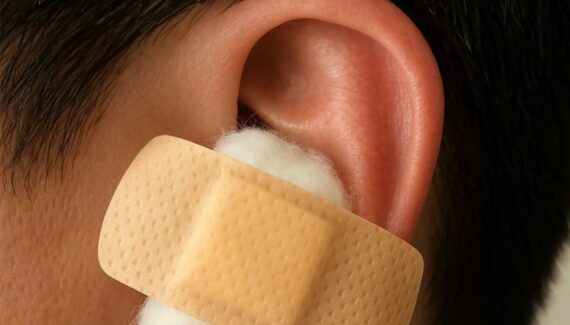If you’ve ever felt unexplained pain or weakness in your legs, joints, or bones, your body might be trying to tell you something important. While such pain can have several causes, one of the most common reasons — especially in adults — is a vitamin deficiency.
Doctors and nutrition experts often point to Vitamin D deficiency as a hidden culprit behind chronic leg and bone pain. Let’s explore why this vitamin is so crucial, how a lack of it affects your body, and what you can do to restore balance naturally.
🌞 The Role of Vitamin D in Bone and Muscle Health
Vitamin D is often called the “sunshine vitamin” because your body produces it when your skin is exposed to sunlight. It plays a key role in:
-
Helping your body absorb calcium and phosphorus — two essential minerals for strong bones
-
Maintaining muscle strength and coordination
-
Supporting the immune system and reducing inflammation
Without enough Vitamin D, your bones can become weak, brittle, and more prone to pain or fractures. Over time, deficiency can lead to conditions like osteomalacia (soft bones) in adults and rickets in children.
⚠️ Signs Your Body May Be Lacking Vitamin D
The symptoms of Vitamin D deficiency can be subtle at first, but they often progress over time. Some of the most common signs include:
-
Persistent leg, back, or bone pain
-
Muscle cramps or weakness, especially in the thighs or hips
-
Fatigue and low energy levels
-
Mood changes, such as irritability or depression
-
Frequent illnesses due to a weakened immune system
If you often feel pain in your legs — especially after resting or waking up — and can’t find another explanation, Vitamin D levels are worth checking.
🩺 What Causes Vitamin D Deficiency?
Several factors can contribute to low Vitamin D levels:
-
Limited sunlight exposure: Spending most of your time indoors or living in regions with less sunlight
-
Poor diet: Not eating enough Vitamin D-rich foods such as fatty fish, eggs, or fortified dairy
-
Aging: Older adults produce less Vitamin D through the skin
-
Darker skin tones: Higher melanin levels reduce Vitamin D production
-
Certain health conditions: Digestive disorders, obesity, or kidney issues can affect absorption
🥗 How to Restore Healthy Vitamin D Levels
Fortunately, Vitamin D deficiency is easily treatable once identified. Here’s what you can do:
